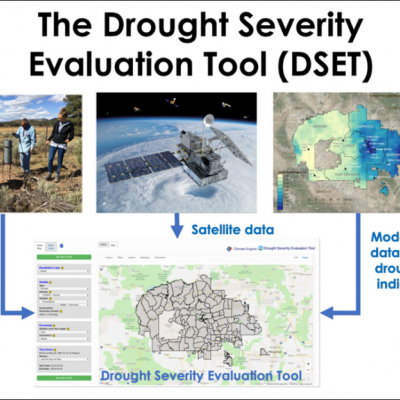Energy
In many areas, energy infrastructure assets have suffered damage or disruption in services from a variety of climate-related impacts, such as extreme precipitation events, higher temperatures, drought, and rising sea levels. For example, warmer temperatures and little rainfall can cause changes in peak streamflow conditions that affect hydropower generation. Heavy precipitation events and flooding can impact a region’s energy infrastructures, including electric grid equipment, which has cascading effects on freshwater supplies and emergency services. The Energy Infrastructure and Management Applications area promotes the use of satellite precipitation data from the GPM constellation for key decisions or analyses within the energy sector, including the use of climatology data in the prediction of energy demand, development, harvest, and production of non/renewable energy resources, and load forecasting.


